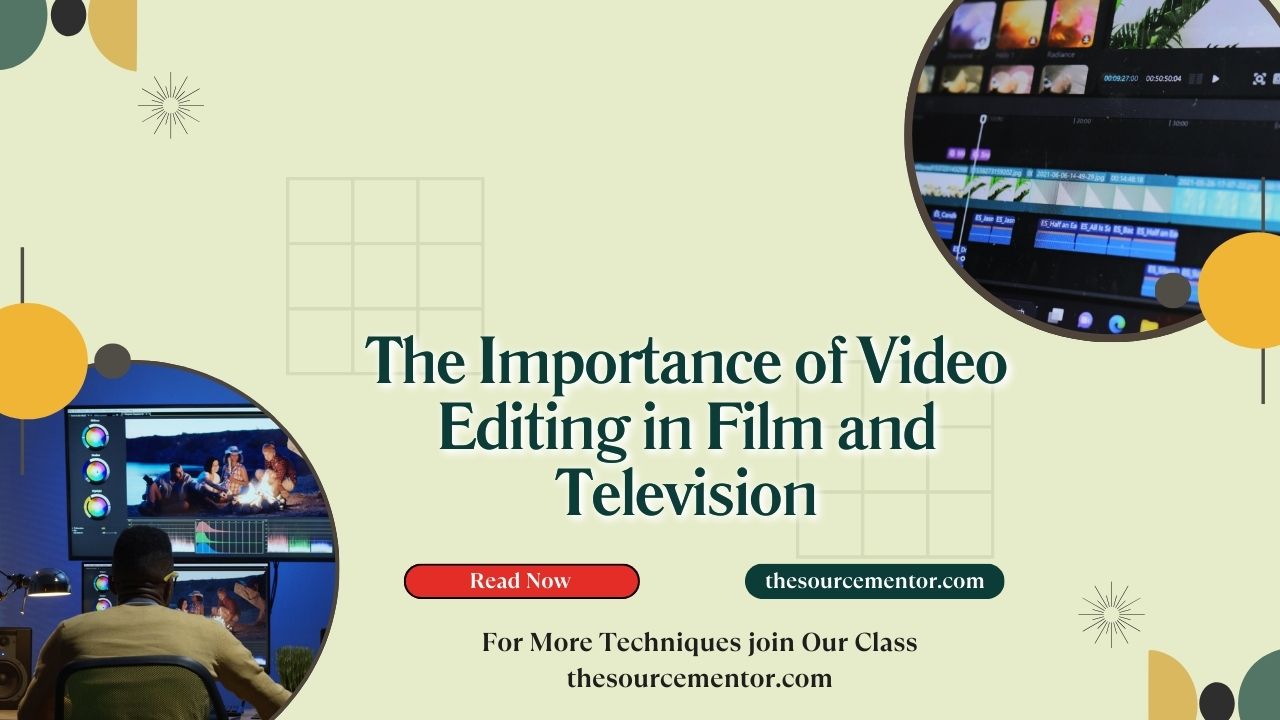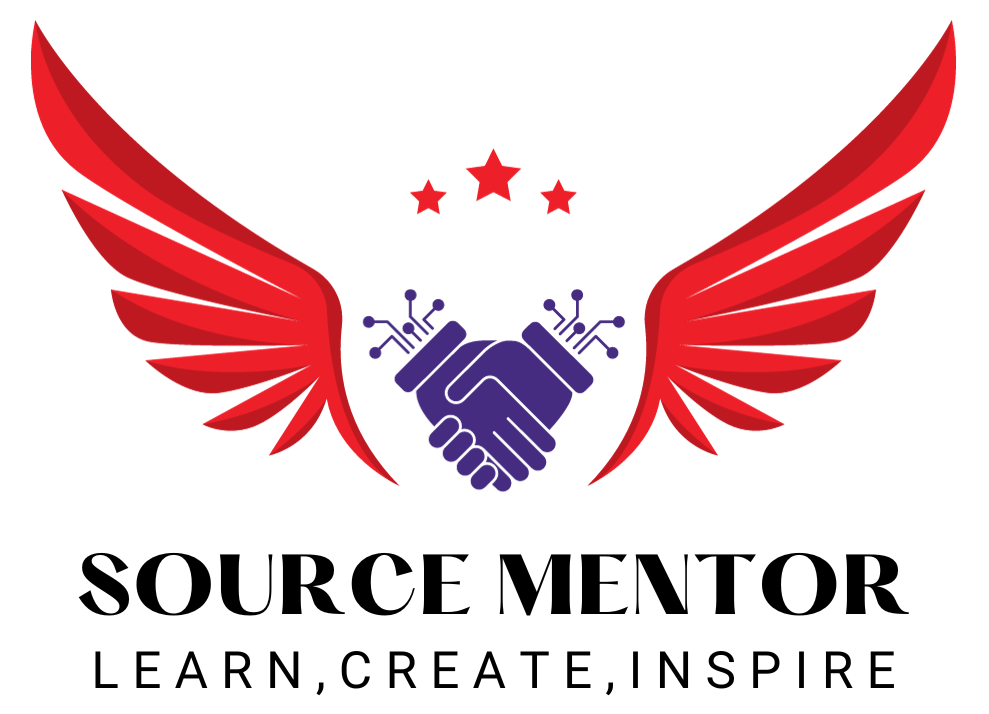The Importance of Video Editing in Film and Television
Namaskar dosto! Swagat hai aap sabhi ka is blog mein. Aaj hum discuss karenge video editing ke importance ke baare mein film aur television industry mein. Video editing ek crucial process hai jo storytelling aur creativity ko enhance karta hai. Toh chaliye, detail mein samajhte hain video editing ka significance.
Enhancing Storytelling
1. Narrative Flow
Video editing storytelling ka heart hota hai. Yeh ensure karta hai ki scenes ek smooth aur coherent narrative mein seamlessly flow karein. Editors shots ko is tarah arrange karte hain ki story logical aur engaging lagti hai.
2. Pacing and Rhythm
Editing pacing aur rhythm set karta hai. Fast-paced scenes excitement aur tension build karte hain, jabki slow-paced scenes emotional depth aur character development highlight karte hain. Editors pace ko control karte hain taaki audience ka interest maintained rahe.
3. Continuity
Continuity editing ensure karta hai ki scenes aur actions logical aur consistent hain. Yeh errors aur distractions eliminate karta hai jo story ke flow ko disrupt kar sakte hain. Continuity errors ko correct karke, editors immersive viewing experience create karte hain.
Elevating Creativity
1. Visual Effects and Transitions
Editors visual effects aur transitions add karte hain jo scenes ko visually appealing banate hain. Yeh effects aur transitions not only story ko enhance karte hain but also production ki creativity ko elevate karte hain.
2. Mood and Tone
Editing mood aur tone set karne mein crucial role play karta hai. Color grading, music, aur sound effects use karke, editors specific emotions evoke karte hain jo audience ke experience ko enrich karte hain.
3. Creative Cuts and Techniques
Various editing techniques, jaise jump cuts, cross-cutting, aur montage, creativity ko enhance karte hain. Yeh techniques narrative ko dynamic aur engaging banate hain, aur traditional storytelling ko innovative twists dete hain.
Improving Production Quality
1. Error Correction
Editing process mein, technical errors jaise lighting issues, sound problems, aur unwanted elements ko correct kiya ja sakta hai. Yeh ensure karta hai ki final product polished aur professional lagta hai.
2. Scene Selection
Editors multiple takes aur angles ko review karte hain aur best shots select karte hain. Yeh selection process performance aur scene quality ko optimize karta hai, ensuring that only the best footage included hoti hai.
3. Efficiency in Storytelling
Editors redundant aur unnecessary scenes ko trim karte hain, ensuring that story concise aur impactful rahe. Yeh efficiency audience ko better engage karte hain aur story ke core elements ko highlight karte hain.
Role of Editing in Different Genres
1. Action Films
Action films mein editing ka role particularly significant hota hai. Fast-paced editing, quick cuts, aur dynamic transitions action sequences ko thrilling aur adrenaline-pumping banate hain.
2. Dramas
Dramatic films aur TV shows mein editing emotional depth aur character arcs ko highlight karta hai. Slow pacing aur thoughtful cuts audience ko characters ke journey aur emotions mein deeply involve karte hain.
3. Comedies
Comedy genre mein timing critical hoti hai. Editing comedic timing ko perfect karne mein help karta hai, ensuring that punchlines aur humorous moments accurately delivered hote hain.
Conclusion
Toh dosto, yeh the importance of video editing in film aur television industry. Video editing storytelling aur creativity ko enhance karta hai, production quality ko improve karta hai, aur different genres ke demands ko cater karta hai. Ek skilled editor production ko next level par le ja sakta hai, ensuring that final product engaging, polished aur impactful ho.
Agar aapko yeh blog useful laga ho, toh please like karein, share karein aur comments mein apna feedback zaroor dein. Milte hain agle blog mein, tab tak ke liye, happy editing!
The Importance of Video Editing in Film and Television
Video editing plays a crucial role in the production of film and television, serving as the final step in the creative process where all the pieces come together to form a cohesive and compelling story. This guide will explore the importance of video editing in film and television, highlighting its impact on storytelling, pacing, and overall production quality.
The Role of Video Editing in Storytelling
Enhancing Narrative Flow through Editing Techniques
Video editing is vital for enhancing the narrative flow of a film or TV show. By carefully selecting and arranging shots, editors can control the pace and rhythm of the story.
- Continuity Editing: Ensures a seamless flow from one shot to the next, maintaining the story’s coherence.
- Montage: A technique that compresses time and conveys complex ideas quickly.
Building Emotional Impact with Video Editing
Editors use various techniques to evoke emotions and create a stronger connection with the audience.
- Cutting on Action: Helps maintain the audience’s engagement by keeping the visual continuity.
- Cross-Cutting: Builds tension by showing simultaneous action in different locations.
The Technical Aspects of Video Editing in Film and Television
Advanced Editing Software and Tools
Using advanced editing software is essential for modern video editing, offering a wide range of features and capabilities.
- Adobe Premiere Pro: Industry-standard software with powerful tools for video editing.
- Final Cut Pro X: Preferred by many Mac users for its intuitive interface and robust features.
Special Effects and CGI Integration
Special effects and computer-generated imagery (CGI) are integral to contemporary film and television production.
- Green Screen Editing: Allows for the creation of complex backgrounds and environments.
- Visual Effects (VFX): Adds elements that are impossible or impractical to film live.
Impact of Video Editing on Pacing and Timing
Importance of Timing in Editing
Timing is everything in video editing. Proper timing ensures that the story progresses naturally and maintains the audience’s interest.
- Rhythmic Editing: Aligns the cuts with the natural rhythm of the scene.
- Slow Motion and Speed Ramping: Highlights dramatic moments by altering the playback speed.
Pacing: Keeping the Audience Engaged
The pacing of a film or TV show is crucial in keeping the audience engaged. Good pacing ensures that scenes flow well without dragging or rushing.
- Pacing Techniques: Adjusting the length of shots to match the scene’s emotional tone.
- Scene Transitions: Smooth transitions maintain the story’s momentum.
Video Editing and Production Quality
Ensuring High Production Standards
High-quality video editing is synonymous with high production standards, impacting the overall quality of the film or TV show.
- Color Correction and Grading: Enhances the visual appeal by adjusting the colors.
- Sound Editing and Mixing: Ensures clear and balanced audio throughout the production.
Enhancing Visual Storytelling
Video editing enhances visual storytelling by combining various elements like shots, sounds, and effects into a coherent narrative.
- Visual Coherence: Maintains consistency in the visual style throughout the production.
- Story Arc Development: Helps in developing the story arc by emphasizing key plot points.
The Evolution of Video Editing in Film and Television
Historical Development of Editing Techniques
The history of video editing is rich with innovations that have shaped modern filmmaking and television production.
- Linear Editing: The traditional method of editing using physical film strips.
- Non-Linear Editing (NLE): Revolutionized editing by allowing digital manipulation of footage.
Future Trends in Video Editing
The future of video editing is set to be influenced by advancements in technology and changing viewer preferences.
- Artificial Intelligence (AI) in Editing: AI is being used to automate and enhance various editing tasks.
- Virtual Reality (VR) and Augmented Reality (AR): These technologies are opening new possibilities for immersive storytelling.
Conclusion
The importance of video editing in film and television cannot be overstated. It is a vital process that brings together all elements of production to create a polished and engaging final product. From enhancing storytelling and emotional impact to maintaining high production standards, video editing is the backbone of modern filmmaking and television production. As technology continues to evolve, the role of video editing will only become more integral to the creation of compelling visual stories.
